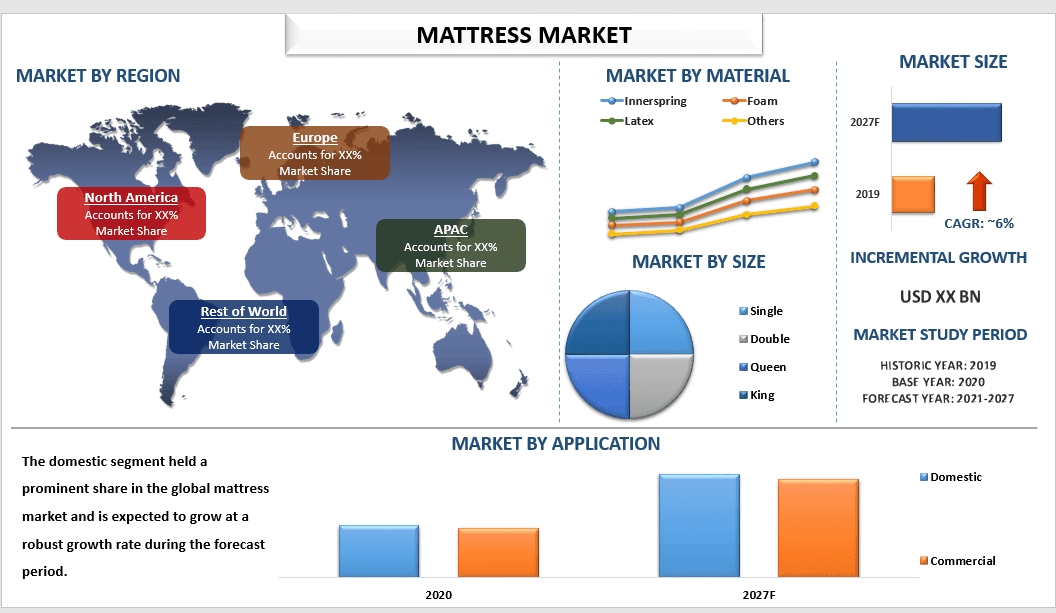Understanding Application Development Software: Empowering Modern Innovation
In today’s digital era, application development software has become a cornerstone for businesses, developers, and organizations aiming to create functional, efficient, and user-friendly applications. But what exactly is application development software, and why is it so vital?
What is Application Development Software? React Data Grid
Application development software refers to the suite of tools, frameworks, and environments that developers use to design, build, test, and deploy software applications. These applications can range from mobile apps and desktop programs to complex enterprise solutions and web platforms. This software simplifies the coding process by offering pre-built components, visual design tools, and debugging utilities that accelerate development and improve software quality.
Types of Application Development Software
Integrated Development Environments (IDEs): These are comprehensive platforms that combine a code editor, compiler, debugger, and build tools. Examples include Microsoft Visual Studio, Eclipse, and IntelliJ IDEA. IDEs help developers write code faster and identify errors early.
Low-Code/No-Code Platforms: These tools allow users, even with minimal coding experience, to create applications through drag-and-drop interfaces and visual workflows. Examples include Microsoft Power Apps, OutSystems, and Appian. These platforms significantly reduce development time and democratize app creation.
Mobile App Development Tools: Specialized software like Android Studio and Xcode caters specifically to mobile operating systems, providing emulators, SDKs, and APIs tailored for mobile environments.
Frameworks and Libraries: While not standalone software, frameworks such as React, Angular, and Django provide reusable code structures and components to streamline development.
Benefits of Using Application Development Software
Speed and Efficiency: By automating repetitive tasks and providing pre-built modules, these tools enable faster application development.
Improved Collaboration: Many development platforms offer version control integration and team collaboration features, making it easier for multiple developers to work simultaneously.
Quality and Testing: Built-in debugging and testing tools help identify and resolve bugs early, resulting in more stable and reliable applications.
Cost-Effectiveness: Faster development cycles and reduced need for manual coding can lower overall project costs.
Challenges and Considerations
While application development software offers many advantages, there are some challenges to keep in mind:
Learning Curve: Some platforms require specialized knowledge, which can demand time and training.
Customization Limits: Low-code/no-code tools may not support complex custom features.
Security Concerns: Applications must be developed with security best practices to protect user data and comply with regulations.
The Future of Application Development Software
As technology evolves, application development software continues to become more intelligent and accessible. Artificial intelligence and machine learning are beginning to be integrated into development environments, offering smart code suggestions and automated testing. Cloud-based development platforms are also rising, enabling remote collaboration and scalability.
Conclusion
Application development software is a critical enabler for modern software creation, providing tools that boost productivity, enhance quality, and expand access to development capabilities. Whether you’re a seasoned developer or a business professional looking to build custom solutions, understanding and leveraging these tools can help transform ideas into impactful applications faster than ever before.







